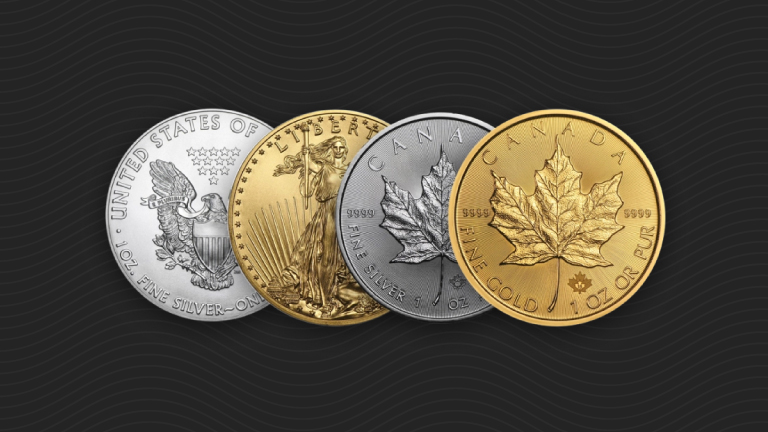
The Truth about Gold and the American Dream (Audio)
The SGT Report recently interviewed Peter Schiff about the US economy and the gold market. This forty-minute conversation covers a lot of topics, including: Gold in Russia and the Netherlands Alan Greenspan’s continued support for gold Why gold is not a currency Peter’s latest critics in the financial media Peter’s predications for the gold price Why […]





